In my previous question (Reading serial interface with Python returns distorted data) I asked why data appears distorted because it does not look 16 bytes as expected. Later I found out that the data is actually complete.
But it's still unclear to me why the hexadecimal values are represented as symbols when I struct.pack them, but not like on the picture from the logic analyzer?
>>> struct.pack('f', 1.0)
b'\x00\x00\x80?'
>>> struct.pack('f', 2.0)
b'\x00\x00\x00@'
>>> struct.pack('f', 3.0)
b'\x00\x00@@'
>>> struct.pack('f', 4.0)
b'\x00\x00\x80@'
